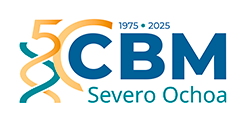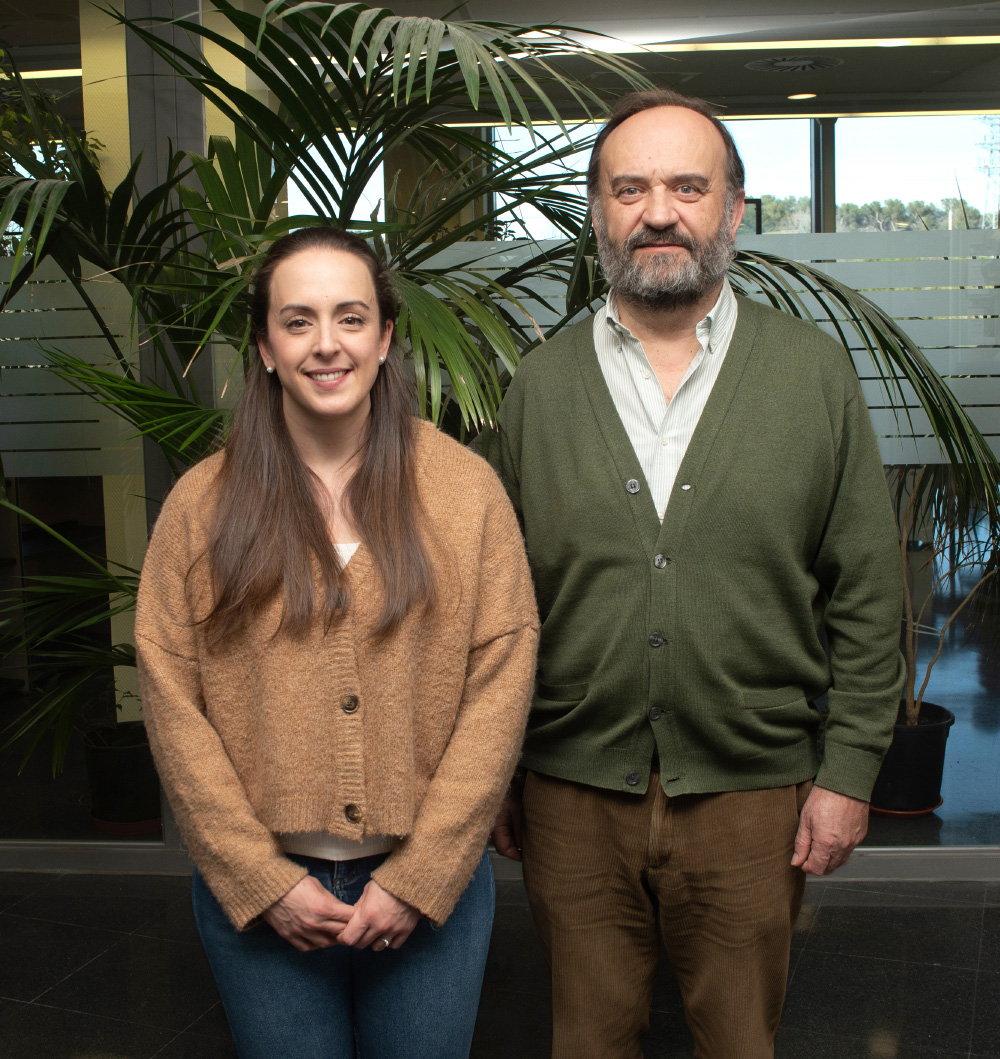Scientific Program
Physiological and pathological processes
RESEARCH GROUP
Molecular basis of glutamatergic synapses

Francisco Zafra Gómez
In our laboratory, we investigate the molecular mechanisms that regulate the activity of neurotransmitter transporters such as glutamate, glycine, GABA, or dopamine. The transporters control the residence time of neurotransmitters in the synapse and neuronal excitability, and they are the target of drugs of great importance (tricyclic antidepressants, antiepileptics, antipsychotics).
Research
The work of our laboratory is dedicated to understanding the molecular mechanisms of neurotransmission, particularly the role played by neurotransmitter transporters in this process. These proteins, primarily located in presynaptic neurons and glial cells that surround synaptic structures, control the residence time of neurotransmitters in the synapse and, therefore, play a role in controlling neuronal excitability. We have conducted studies on the regulation and structure-function relationships of various transporters, such as the glial glutamate transporters (GLT-1 and GLAST), glycine transporters GlyT1 (mainly glial, though with neuronal isoforms) and GlyT2 (neuronal), the GABA transporter (GAT-1, mainly neuronal), and the dopamine transporter (DAT1, neuronal). Each transporter not only has a specific cellular localization but also a subcellular one, achieved through specific trafficking mechanisms that we also investigate. Since intracellular trafficking is regulated by interactions with other proteins, our laboratory has conducted studies on the composition of the interactomes of various transporters using proteomics techniques (proximity labeling). We are also interested in genetic alterations in the genes of these transporters, which produce defective proteins either in their transport mechanism or in their intracellular trafficking. For example, in a recent study, we found a pathogenic variant of the SLC6A1 gene (variant G307R) that encodes a defective form in the GABA transport mechanism by GAT-1 and is associated with a form of developmental and epileptic encephalopathy (DEE). We have described that treatment with pharmacochaperones could improve the activity of this and other pathogenic variants of GAT-1, which is of interest for patients affected by DEEs.
In recent years, we have maintained collaborations with Dr. F.J. Díez-Guerra’s group (CBMSO) on the role of exosomes in communication between nerve cells, with Drs. B. López-Corcuera (CBMSO) and C. Avendaño (UAM) on the role of glycinergic pathways, and with Drs. A. Rodríguez Artalejo (UCM) and D. Bartolomé-Martín in studying the activity of sodium and potassium channels.
Group members

Francisco Zafra Gómez
Lab.: 306 Ext.: 4630
fzafra(at)cbm.csic.es
Selected publications
Functional crosstalk of the glycine transporter GlyT1 and NMDA receptors
Dolores Piniella et al.
Experimental and Bioinformatic Insights into the Effects of Epileptogenic Variants on the Function and Trafficking of the GABA Transporter GAT-1
Dolores Piniella et al.
Proximity labeling methods for proteomic analysis of membrane proteins
Francisco Zafra et al.
Identification by proximity labeling of novel lipidic and proteinaceous potential partners of the dopamine transporter
Dolores Piniella et al.





